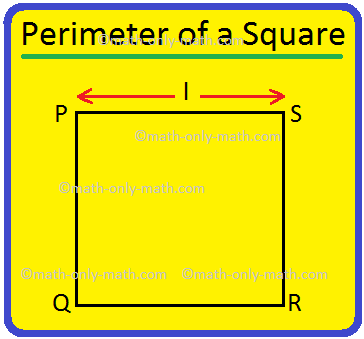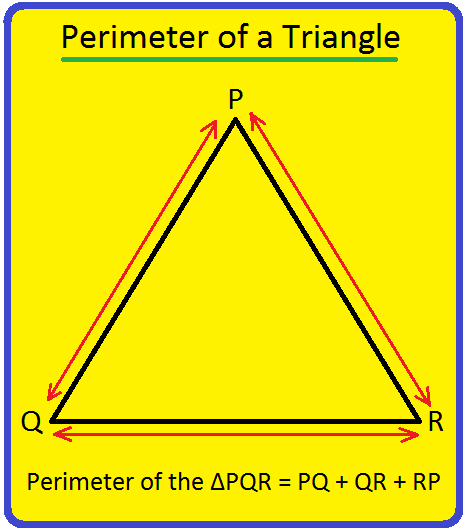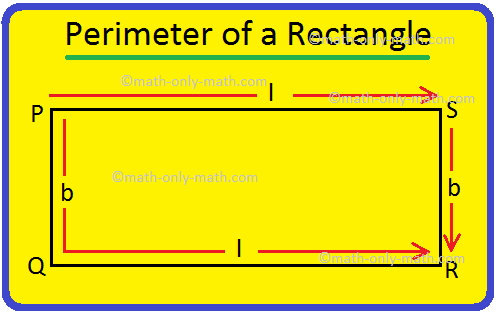Worksheet on Fundamental Operations
Worksheet on fundamental operations will help us to practice the questions on four fundamental operations i.e. addition, subtraction, multiplication and division.
1. Add the following:
(i) 35 + 43 =
(ii) 8 + 4 + 6 =
(iii) 96 + 69 =
(iv) 38 + 81 + 73 =
(v) 239 + 487 =
(vi) 315 + 174 + 33 =
2. Subtract the following:
(i) 69 – 35 =
(ii) 383 – 198 =
3. Find two subtraction facts for the following addition facts:
(i) 48 + 16 = 64
(ii) 70 + 14 = 84
4. Fill in the blanks:
(i) 97 - ____ = 35
(ii) 28 + ____ = 40
5. Find two addition facts for the following subtraction facts:
(i) 80 – 30 = 50
(ii) 245 – 124 = 121
6. Simplify:
(i) 26 + 32 – 12 =
(ii) 75 + 25 – 30 =
(iii) 329 + 574 =
(iv) 370 – 259 =
7. In a school there are 539 students of whom 329 students are girls. Find the number of boys.
8. In a collection of fruits there are 57 apples, 46 mangoes and 23 oranges. How many fruits are there in the collection?
9. Write in multiplication form: 14 + 14 + 14 + 14 + 14
10. Multiply the following:
(i) 31 × 3 =
(ii) 53 × 8 =
11. There are 7 days in a week. How many days are there in 52 weeks?
12. How many weeks are there in 42 days if seven days make a week?
13. Find two division facts for the multiplication facts: 7 × 6 = 42
14. Find two multiplication facts for the division facts: 40 ÷ 8 = 5
15. Divide the following:
(i) 0 ÷ 10 =
(ii) 63 ÷ 7 =
Answers for the worksheet on fundamental operations are given below to check the exact answers of the above questions on addition, subtraction, multiplication and division.
Answers:
1. (i) 78
(ii) 18
(iii) 165
(iv) 192
(v) 726
(vi) 522
2. (i) 34
(ii) 185
3. (i) 64 – 48 = 16, 64 – 16 = 48
(ii) 84 – 70 = 14, 84 – 14 = 70
4. (i) 62
(ii) 12
5. (i) 50 + 30 = 80, 30 + 50 = 80
(ii) 121 + 124 = 245, 124 + 121 = 245
6. (i) 46
(ii) 70
(iii) 903
(iv) 111
7. 210 boys.
8. 126 fruits
9. 14 × 5 = 70
10. (i) 93
(ii) 424
11. 364 days
12. 6 weeks
13. 42 ÷ 6 = 7, 42 ÷ 7 = 6
14. 5 × 8 = 40, 8 × 5 = 40
15. (i) 0
(ii) 9
From Worksheet on Fundamental Operations to HOME PAGE
Didn't find what you were looking for? Or want to know more information about Math Only Math. Use this Google Search to find what you need.
Recent Articles
-
Perimeter of a Square | How to Find the Perimeter of Square? |Examples
Apr 25, 24 05:34 PM
We will discuss here how to find the perimeter of a square. Perimeter of a square is the total length (distance) of the boundary of a square. We know that all the sides of a square are equal. Perimete… -
Perimeter of a Triangle | Perimeter of a Triangle Formula | Examples
Apr 25, 24 05:13 PM
We will discuss here how to find the perimeter of a triangle. We know perimeter of a triangle is the total length (distance) of the boundary of a triangle. Perimeter of a triangle is the sum of length… -
Perimeter of a Rectangle | How to Find the Perimeter of a Rectangle?
Apr 25, 24 03:45 PM
We will discuss here how to find the perimeter of a rectangle. We know perimeter of a rectangle is the total length (distance) of the boundary of a rectangle. ABCD is a rectangle. We know that the opp… -
Dividing 3-Digit by 1-Digit Number | Long Division |Worksheet Answer
Apr 24, 24 03:46 PM
Dividing 3-Digit by 1-Digit Numbers are discussed here step-by-step. How to divide 3-digit numbers by single-digit numbers? Let us follow the examples to learn to divide 3-digit number by one-digit nu… -
Symmetrical Shapes | One, Two, Three, Four & Many-line Symmetry
Apr 24, 24 03:45 PM
Symmetrical shapes are discussed here in this topic. Any object or shape which can be cut in two equal halves in such a way that both the parts are exactly the same is called symmetrical. The line whi…





